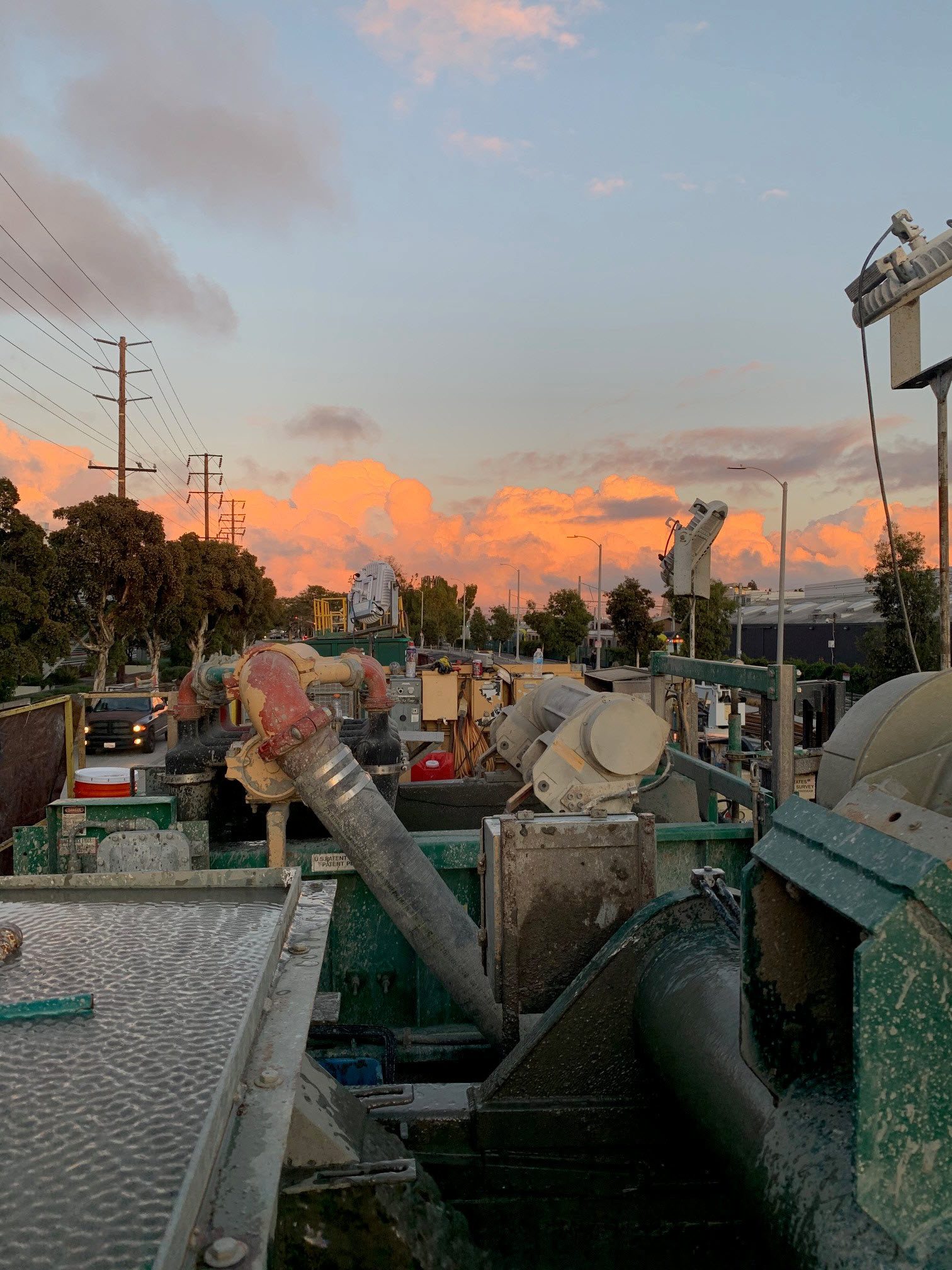- SGMA signed into law on September 16, 2014.
- Over 250 Groundwater Sustainability Agencies formed.
- 4.1 million acre-feet of water recharged in 2023.
- Nearly $1 billion invested in groundwater management.
- Anniversary event planned for November 18.
September 17, 2024 — Yesterday marked the 10th anniversary of the Sustainable Groundwater Management Act (SGMA) , a California law aimed at reducing the overuse of groundwater, protecting drinking water supplies, and enhancing resilience to climate change.
, a California law aimed at reducing the overuse of groundwater, protecting drinking water supplies, and enhancing resilience to climate change.
Formation of Local Agencies.
Since SGMA was signed into law on September 16, 2014, more than 250 local Groundwater Sustainability Agencies (GSAs) have been established. These agencies are responsible for implementing over 100 Groundwater Sustainability Plans, which include strategies such as recharging groundwater supplies, limiting usage, and other management actions to create a sustainable water supply for California.
Increased Data Collection and Public Awareness.
California is now collecting more groundwater data than ever before, leading to better understanding and management of groundwater conditions. SGMA has also raised public awareness about the importance of protecting groundwater and has encouraged cooperative management efforts.
Recharge Efforts and Investments.
In 2023 alone, 4.1 million acre-feet of water were added to underground aquifers through managed efforts. The state has invested nearly $1 billion in SGMA over the past decade, including more than $100 million through the Department of Water Resources (DWR) for local groundwater recharge projects.
Official Statements.
“It has been impressive to see that through the tireless efforts of local groundwater sustainability agencies, every ambitious SGMA milestone has been met so far,” said Paul Gosselin, DWR Deputy Director of Sustainable Water Management . “A foundational part of SGMA is that groundwater is best managed locally, by the people that know their groundwater basins and depend on the resource. As a result, over 95 percent of groundwater pumping is subject to a locally adopted, enforceable groundwater sustainability plan.”
. “A foundational part of SGMA is that groundwater is best managed locally, by the people that know their groundwater basins and depend on the resource. As a result, over 95 percent of groundwater pumping is subject to a locally adopted, enforceable groundwater sustainability plan.”
“Improving groundwater management practices to achieve sustainable aquifers is essential for the future of California and the ability of agriculture to continue food production in a hotter, drier future,” said Karen Ross, Secretary of the California Department of Food and Agriculture .
.
“Ten years ago, when SGMA became law, all of us took on the responsibility of bringing about sustainable management of our groundwater basins for the benefit of everyone who relies on them,” said Joaquin Esquivel, board chair of the State Water Resources Control Board .
.
Goals.
The next decade of SGMA will focus on implementing the plans developed so far, aiming to bring California’s groundwater basins to sustainable conditions by the early 2040s. Weather extremes, especially droughts, make this work even more critical as the state aims to store and capture as much water as possible during wet years.
Anniversary Event Planned.
To commemorate the anniversary, DWR will host an event on November 18. Featured speakers and panelists will include DWR Director Karla Nemeth and DWR Deputy Director of Sustainable Water Management Paul Gosselin, as well as representatives from GSAs, community organizations, state leaders, and others involved with SGMA. The all-day event will be held in person at the California Natural Resources Agency building in Sacramento and online via Zoom. More information will be announced soon.
To receive updates on groundwater news and the 10-year anniversary events, visit the DWR email subscription page and select the ‘Sustainable Groundwater Management’ topic.
and select the ‘Sustainable Groundwater Management’ topic.
~~~
Image: This photo provides a behind-the-scenes look as USGS drilled a groundwater well in California in 2020. This photo looks down over a mud tank and shakers, which are part of drilling operations. The drillers pump clean mud from the tank down the hole as they drill; this mud plays an important role in lubricating the drill bit, carrying larger bits of rock (cuttings) back out of the hole, and more. When the mud is pumped back out of the hole, the shaker vibrates the mud to separate out cuttings so that the mud can continue to be circulated through the well. USGS, public domain.
in 2020. This photo looks down over a mud tank and shakers, which are part of drilling operations. The drillers pump clean mud from the tank down the hole as they drill; this mud plays an important role in lubricating the drill bit, carrying larger bits of rock (cuttings) back out of the hole, and more. When the mud is pumped back out of the hole, the shaker vibrates the mud to separate out cuttings so that the mud can continue to be circulated through the well. USGS, public domain.


Leave a Reply